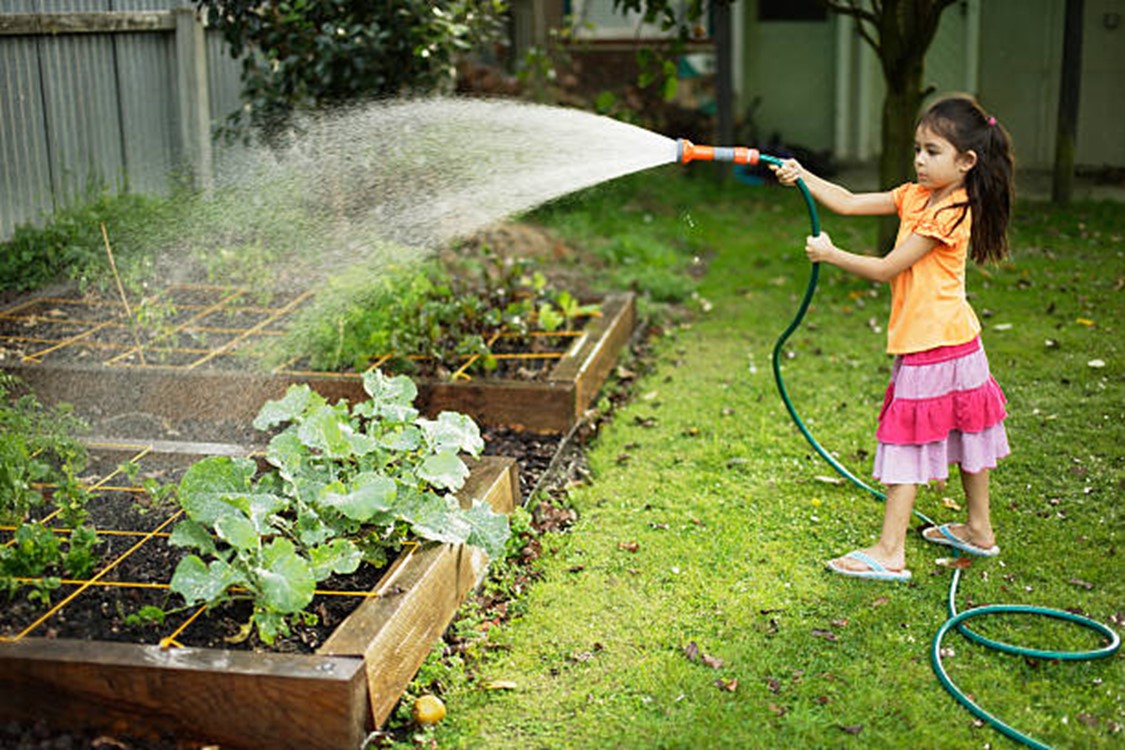July is a great time to garden
Tips to keep your garden in full production until late fall.

July is a great time for gardeners. The long-anticipated wait is almost over, you can almost taste the juicy tomatoes. You have already had one too many radishes and lots of fresh green salads. But it is not time to trade the trowel for the harvest basket quite yet. July is a great time to get ready for your fall garden.
Sow seeds now for beets, beans and sweet corn that you can harvest in the fall. Make sure by the middle of July you have also started your fall cool season crops as well. Some favorites to start now include cabbage, spinach, greens and turnips.
To keep your garden in full production, pick your vegetables and cut herbs while tender and young. This will give you the best flavor and keep your garden plants producing for several more weeks.
Have a neighbor stop by and do a quick harvest if you are going out of town. A few fruits given away will keep your plants producing at full capacity. Your neighbor will also be delighted with a few fresh veggies.
If you have an abundance of herbs, be sure to keep them cut and loosely bundle them and hang in a dry location or place on a screen to dry for use this winter. Fresh herbs or naturally dried herbs used within a few months have the best flavor and give your recipes that extra garden-fresh flavor.
Be sure to water adequately. Gardens need at least one inch of water per week. Plants stay healthy and productive when kept evenly moist.

A healthy plant is less susceptible to disease and insect damage. This is also the time to keep the weeds at bay. Letting weeds go “ to seed” will cause more headaches next year. Be sure to weed often in the late summer. Mulching keeps weeds suppressed and helps to retain the moisture in the soil.
Enjoy gardening in July – you still have plenty of time to enjoy your bounty fresh from the vine and extra produce can always be preserved for those dark, gray winter months when you can only dream of the juicy tomatoes and fresh green beans while reading the new seed catalogs for the next planting season.



 Print
Print Email
Email





